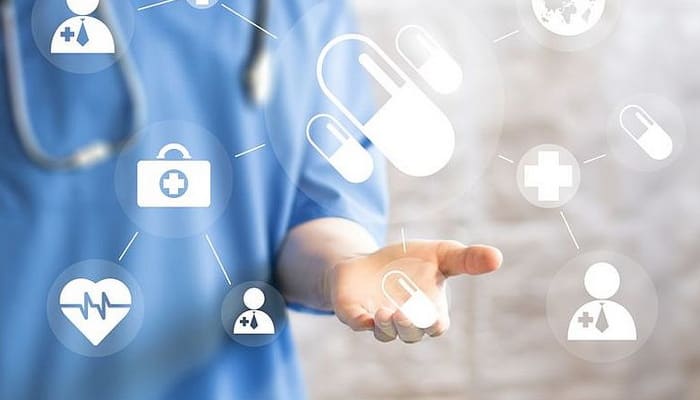Зміст
Mobile applications, robots performing operations, remote transmission of ultrasound and X-ray images are the result of ever more advanced technologies in medicine.
The use of modern ICT technologies allows you to take care of your health without leaving your home. Significant achievements in this area include: in the study of cardiac activity.
Technology and medicine: You can do heart tests yourself
Standard measurements today include tests such as:
- ECG with description,
- Holter monitoring.
The patient is provided with equipment for ECG, as well as Holter monitoring of ECG or pressure. Thanks to this, without leaving home, you can undergo an examination and with the help of Holter monitor your heart or blood pressure around the clock, and then send the results to a specialist.
Event Holter is a modern, compact device for long-term monitoring of cardiac activity. This is an alternative for patients with rare arrhythmias that may go unnoticed with traditional Holter. These devices work in two ways: they can be activated by the patient when they feel a cardiac arrhythmia, or the device activates itself when it detects an abnormality in the heart.
Technology and medicine: Sending ultrasound or x-rays
Another important advance in medicine is teleradiology. It allows you to send high quality images showing ultrasound or MRI images, i.e., magnetic resonance imaging, and contact specialists from all over the world. Today, this allows you to perform computed tomography without visiting a specialized clinic.
The transmission of radiographic results is also widely used in sports. Thanks to this, professional athletes who are injured, for example, during an away match, can quickly contact their private or club doctor and send him the MRI results.
Technology and medicine: Remote operations possible today
One of the most important elements is the adaptation of the control system to the needs of the broadcast. For this, the previously operating local control system with the support of both motion sensors of the surgeon’s control panel (Master) and actuators of the executive apparatus (Slave) combined in one controller was divided into two parts, implemented on separate control modules, operation in a real-time system.
The biggest technical problem is the image transmission delay, which can interfere with proper control of the robot. Therefore, operations that require an immediate response from the person coordinating the procedure cannot be performed at this stage of technological progress (for example, heart surgery). However, today, it is possible to perform an operation to remove the gallbladder.
Technology and medicine: What technologies of the future?
Much attention is paid to the development of telemedicine, and we are constantly working on new devices. Near-term forecasts involve the use of smartphones, tablets, as well as clothing that can collect data, such as special bracelets or underwear. One of them, a blood pressure monitor-like bracelet, helps track the progression of Parkinson’s disease.
One of the varieties of wearable technology are Safe Mate bracelets. Made in Australia and still the most popular tapes there, they are a real treasure not only for accident victims, but also for their rescuers. Designed for Australian beaches, where more than 10,000 accidents occur annually, they allow the user to collect information about their health, test results, blood type. All this so that the paramedic in the event of a rescue operation has access to all the most important information. In addition, the bracelet is equipped with an emergency button that connects to emergency services and reports the exact location of the user.
Technology and medicine: Mobile health apps
Applications for mobile devices can be a real support. They allow you to monitor blood pressure, glucose levels, or the course and consequences of chronic disease treatment. Here are a few of the most commonly used in everyday life:
- ICE (In Case of Emergence) – an application very similar in operation to the Safe Mate bracelet. It collects information about our health, as well as contacts of people who should be notified in case of an emergency.
- Bloodnote – available only on the iPhone, the application is an electronic calendar of blood pressure measurements. An analogue for Android is the application “Blood pressure”.
- MedTube is an application addressed not to patients, but to doctors. This is the world’s largest database of professional medical videos that can be used as an aid to share their knowledge and experience with other doctors from all over the world.
- Diabdis is an app for diabetics. It is aimed at daily support for diabetics in the fight against the disease.








